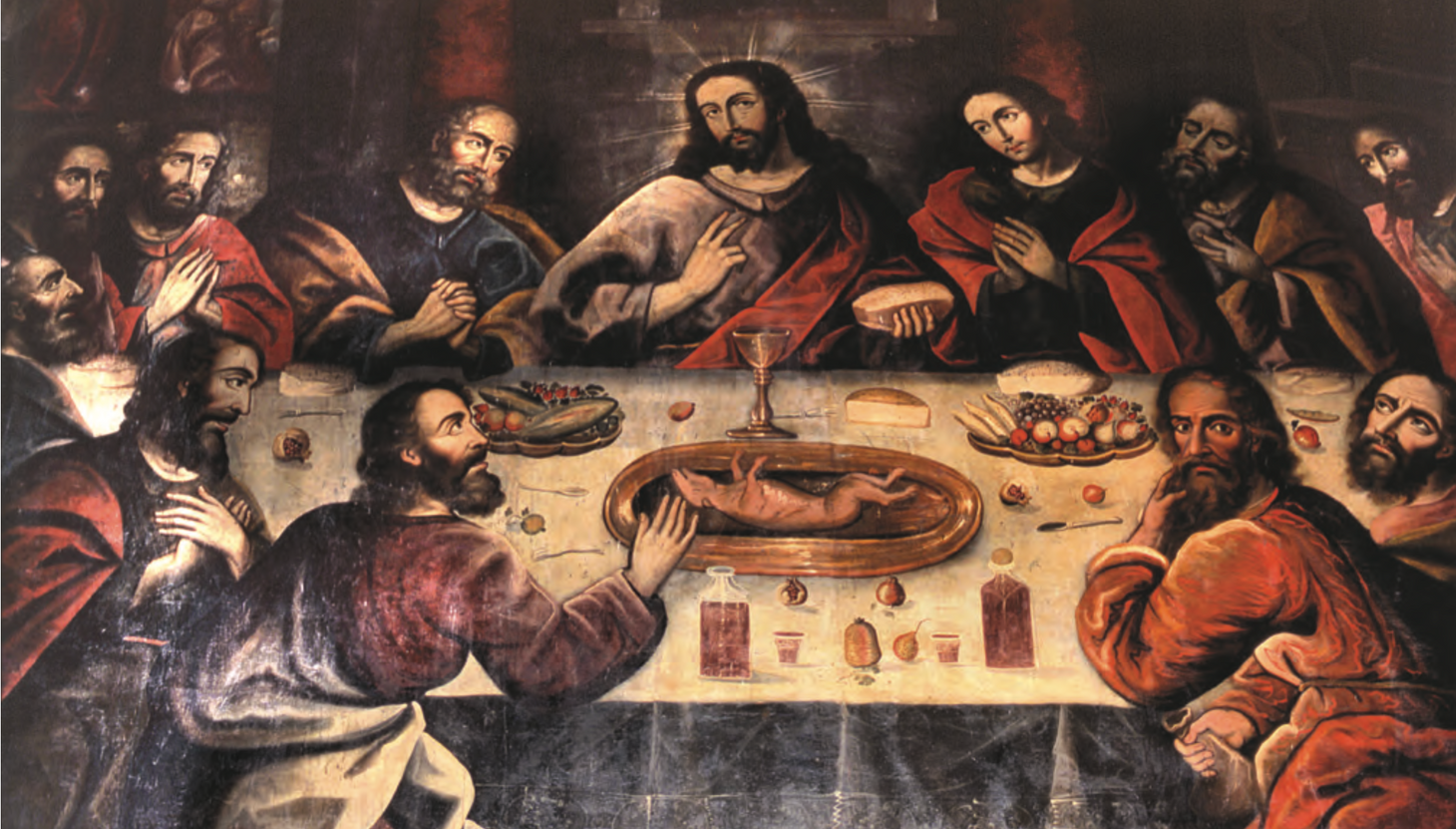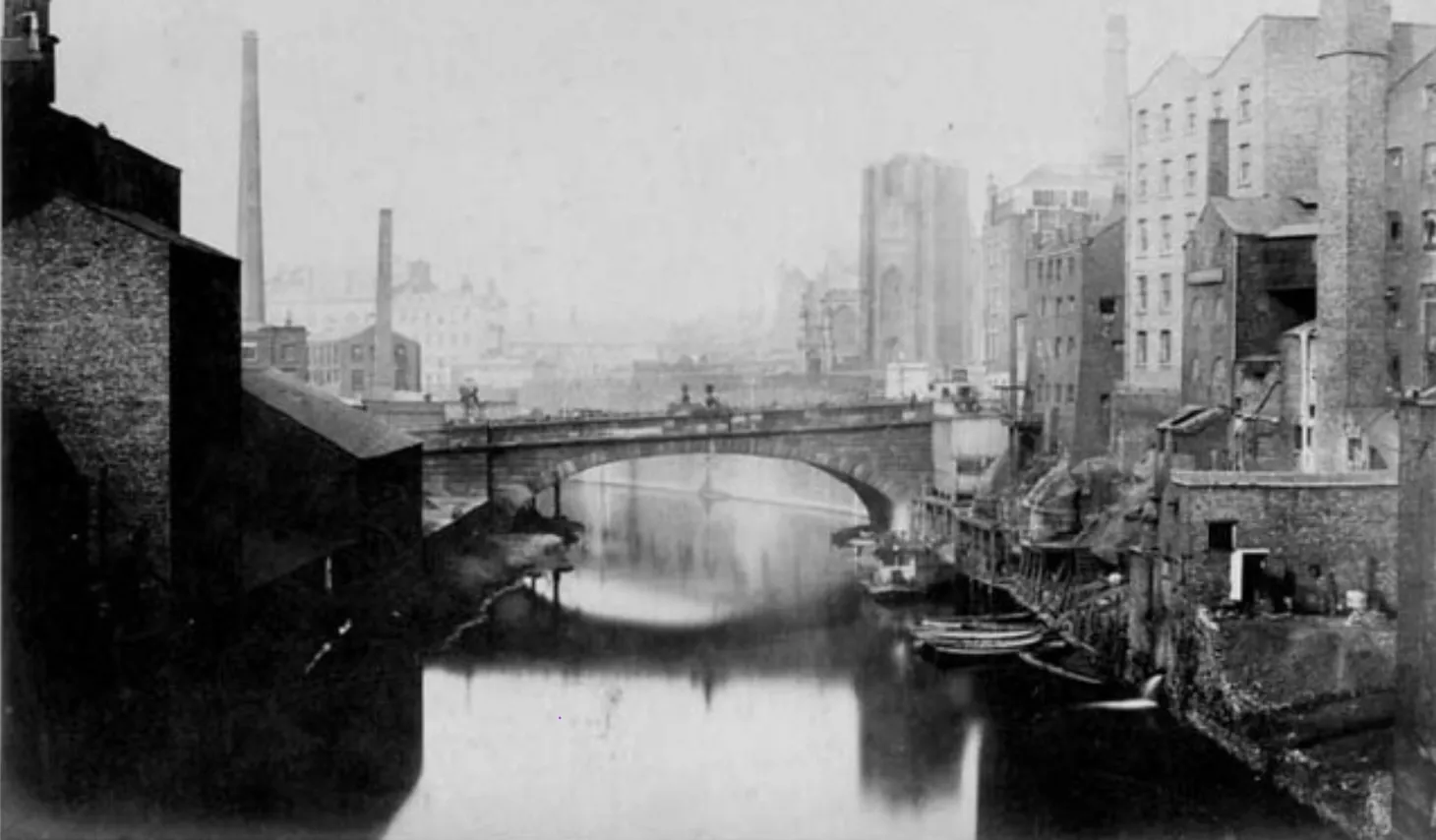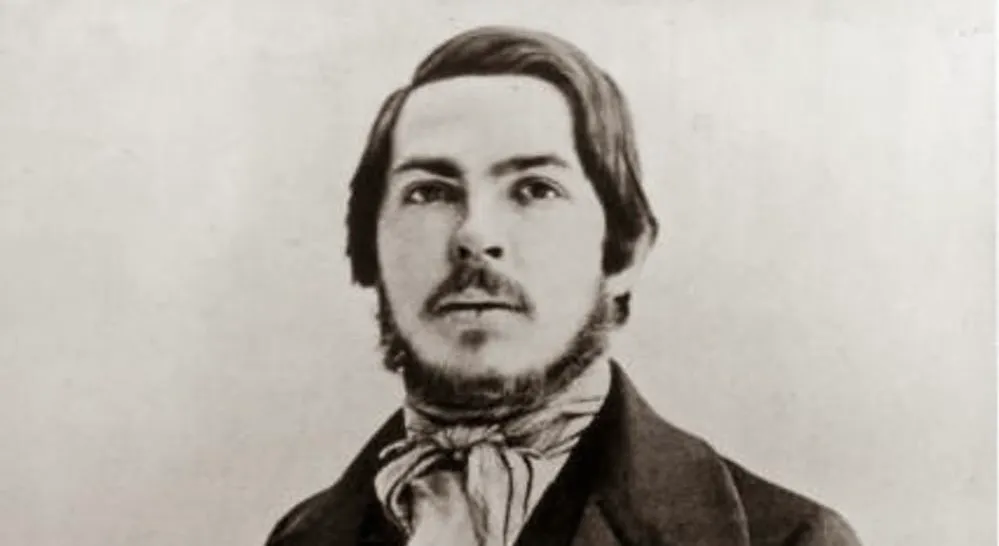The Last Supper in Cuzco: Indigenizing Christianity in the Andes
A discussion of syncretism in Spanish colonial Cuzco in the eighteenth century.


The Source
During the Early Modern era (c.1450 - c.1750), new global connections rapidly increased cultural exchange. As cultural traditions spread, there was an increase in syncretic practices. Even though students have grown up with syncretism (think about Christmas trees), it can be one of the more challenging concepts to teach. How do we show the blend of two different cultural or religious traditions? And how do we do it in a way that centers Indigenous Americans? As the Spanish colonized the Americas in the sixteenth and seventeenth centuries, they promoted the spread of Catholicism. While many Indigenous Americans converted, they often followed beliefs and practices associated with Indigenous belief systems. There were also ways of weaving aspects of their indigenous culture into Christian and European traditions.
This Content is for Subscribers on the Buy Me Lunch and Buy Me Dinner tiers
SubscribeAlready have an account? Log in



